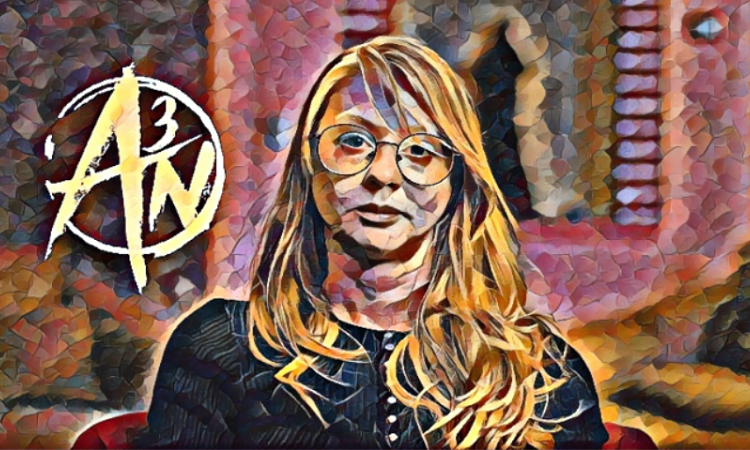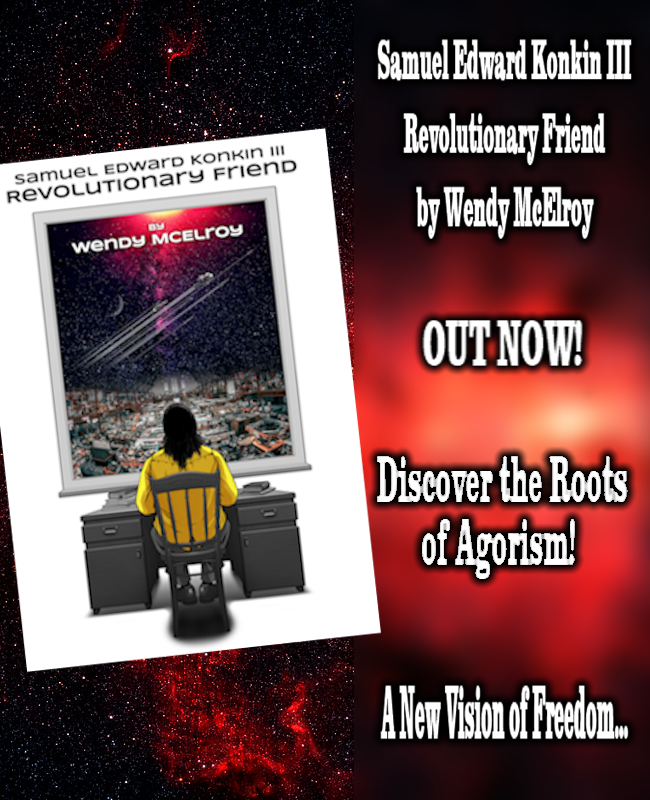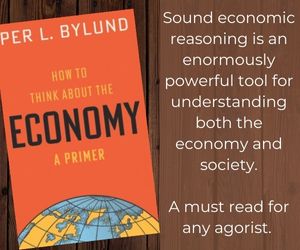
The Anarchists, Agorism On HBO
Last Sunday, the final episode of the HBO series, The Anarchists went live. There is really no weirder experience than reliving some of your most traumatic memories on TV, especially mainstream national TV. Each week for the six weeks prior, I watched along with the rest of the world to see just how much of my life during those times and of my life before would be revealed. Turns out, it was a LOT.
I wrote about each episode on my own blog over at highlyfunctionalgrowth.com, but this is really the first post I have written about the series as a whole. I write it here for Agorist Nexus partially because as far as I’m concerned, the series was a big win for Agorism. There will be some vague spoilers in the rest of this post, so if you haven’t seen it, you might want to pause reading this to check out the 6 part docuseries.
The Anarchists is the complicated tale of the anarcho-capitalist community that formed in Acapulco, Mexico between the years of 2015 and 2020. It shows the triumphs and eventual downfall of what was the original community around the production team of Anarchapulco. The series has been accused of only focusing on the bad times by former attendees, but what these people fail to realize is that Anarchapulco was about 1 week out of the year, and the series is more or less accurate to what each character thought of life the rest of the year.
I say its accurate to what people thought of life instead of it being accurate to reality, because often times and especially in this case those two concepts are not mutually exclusive. As is human nature, often the personal impression of one person doesn’t always line up with the reality of what went down, as singular opinions tend to be tainted by ego and other things. More on this later.
I defined Agorism in the first episode for what it meant to me anyway and I consider that a huge win. I have received many messages from agorists watching the show thanking me for bringing that specific idea into the mainstream. What I find really interesting, perhaps the most interesting, is the number of random strangers who found that I managed to help them finally put a name to what is already their lifestyle.
I’ll stop here to say I know a lot of the voluntarist and anarchist community in general are fairly pissed about this documentary because of the negative light they feel it casts on the movement. As far as I’m concerned, showing our flaws makes us somehow more relatable. The reality is that any community formed by broken people running from the status quo is likely going to face some disaster or another. I think having this highlighted in such a big way is how we start to grow, by first identifying the problem. And the reality is, I see a lot of the same flaws I saw in the anarchist community in Acapulco in other supposed anarchist enclaves out there that still exist or are newly forming.
The docuseries is the perfect portrayal of what happens when broken people focus on building community before they focus on healing themselves. This is what happens when you invite people from all over the world into your life advertising the anything goes mindset. Anarchy should definitely be without rulers, but without rules or any sort of order for how to deal with conflict, it can easily devolve into chaos.
That being said, it was a hell of a humbling learning experience watching some of the hardest times of my life replayed in that way, but also healing. For me personally, my growth as a person is shown from episode one. You see interviews of me in 2016 as pretty reserved, downright depressed looking in some shots, contrasted with my final master interview from last fall in which I have straight hair and glasses and a whole new outlook on life.
If I’m being honest, the girl in 2016 had no idea that this film would end up on HBO. Considering Todd (the main producer) was a previously unknown filmmaker, I expected this thing to end up on YouTube at best.
Imagine my surprise a few months ago when they called me to give me the news that it would be on HBO, followed by, “But you can’t tell anyone until we do official press releases.” Keeping this news from those closest to me was hard, but I managed until about a week before the release of the first episode. Life since then has been a whirlwind of watching my life on TV, writing about it, and talking to people from all over the planet learning their perspectives.
Despite many anarchists screeching that the normies of the world would get the wrong idea about anarchy, the number of very normal people that found my story highly relatable was humbling. So many people thinking, “I had no idea about agorism, but that’s how I’ve lived my whole life.”
My true identity was exposed in the series, which I won’t say here, but I will say that it was a very surprisingly healing experience finally no longer hiding my true identity;along with it, a lot of details of my extremely intense childhood including perspective from both my Dad and my sister were involved. For me, seeing that part of my story was one of my favorite parts. The other favorite part for me was seeing the final episode, which showed my Dad in Mexico and how I met my partner.
Earlier, I mentioned about the series not completely lining up with the reality, and that’s because in some cases during the show, ego somewhat overshadowed the reality of things. The two big scenarios that come to mind are the murder of John Galton and why that happened, and the reason Nathan Freeman ended his time working with Anarchapulco.
I’ll start with Nathan Freeman’s exit from Anarchapulco, which Jeff Berwick this week did a video on what really happened there — his story lines up with several other people who were directly involved during that time. The majority of that production team is splintered and not in contact with each other so the fact that their stories there line up so perfectly years later gives me reason to believe that is in fact the real story. You can find that video, here.
Then, there is the story of the murder. I won’t get too much into the theory presented in the show to avoid spoiling it, but what I will say is that no one really knows 100 percent what happened with that murder, myself included. The theory presented is that of the Freeman’s who admitted to people they didn’t know John and I at all, while also claiming they knew for sure what happened and what we were doing, which is a little contradictory if you ask me. The reality is it was likely the perfect storm of many things, ending in tragedy. For me, the end result is still the same.
The series in conclusion makes it seem as though the conference as a whole had crumbled and ceased to exist. I’d like to end this post by sharing that it didn’t, and in fact, the event has evolved to something unrecognizable, but in the best way possible. After 2020, the producer position of the conference was passed off to agorist Catherine Bonandin, who has been featured on the Agorist Nexus podcast before. She hired me to be co-producer with her which I have helped with since the end of 2020, when she started planning the 2021 year with Jeff’s consent. While it’s true that Jeff almost gave up on the conference, that was actually a side effect of coronavirus, not the murder and the aftermath of the Freemans leaving.
Anarchapulco has evolved from the drug and alcohol fueled disaster into a well-oiled machine of an event run by a relatively drama-free production team. Partially thanks to everyone on the team reading the book The Four Agreements, we have more or less removed the chaotic theme of the event planning from years prior. At one point in the series, Nathan mentions how much of his job at the event was running from crisis to crisis.
Turns out if you build the right team and put a lot of work in months in advance, there are in fact no crises to put out during the event. Sometimes speed bumps arise, which are quickly and efficiently smoothed over to produce the most peaceful times the conference has ever seen. Perhaps the reason that this was not shown in the show was just because it lacked the drama of previous episodes. It could also be just because the task of boiling 6 years and literal hundreds of hours of footage down to just 6 hours is a nearly impossible task if you want to include all characters and details involved. Its really a probably likely a combination of both of these factors.
Regardless of what it was, I really enjoyed watching the show. Despite the fact that I was a main character, it kept me wanting to tune in this week which is definitely a direct result of the way it was put together.







